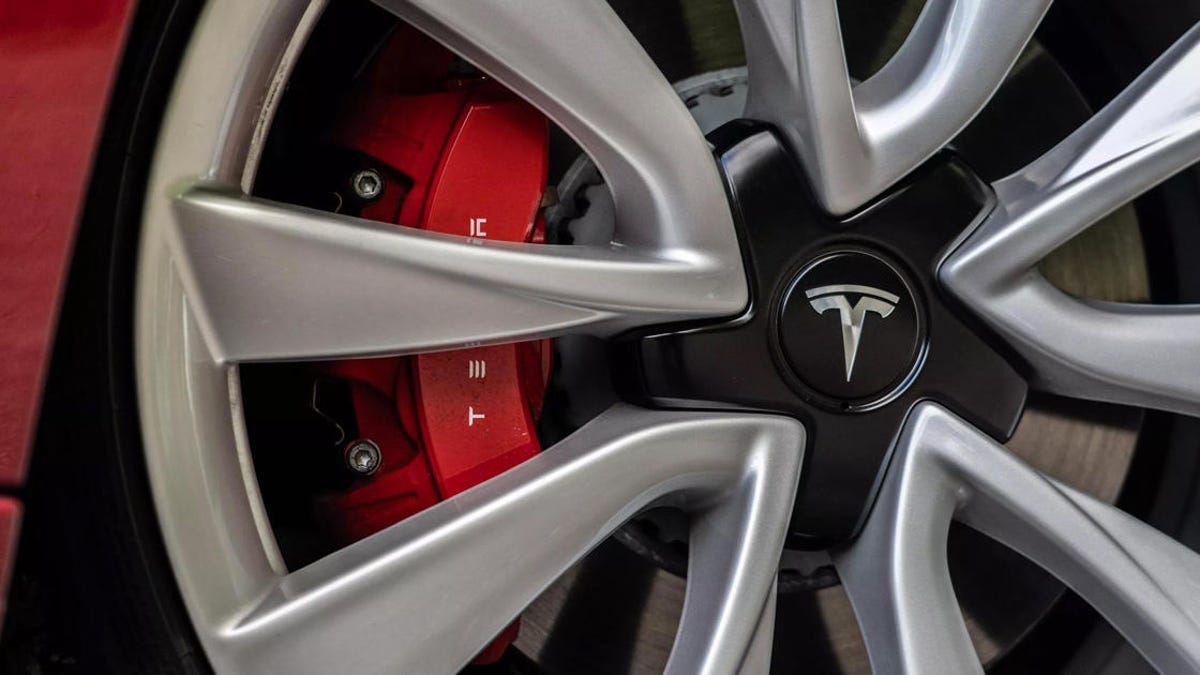A contrived test that "proves" the car will hit a child is no more accurate than a contrived test that "proves" that the car won't hit a child.
These tests prove nothing, despite each side claiming "
there that proves what we've been saying". It's scientifically and statistically meaningless to draw conclusions this way. Also there are clearly ways that these tests can be falsified.
It is more worrying to see the failures - assuming the test has not been falsified. Not directly hitting things really should be Job One.
Hitting a fake dummy, cardboard cutout, or empty plastic bag on purpose (because the car 'knows' the thing

) is perhaps debatably ok in the far future, but let's start with not hitting
all things first.



